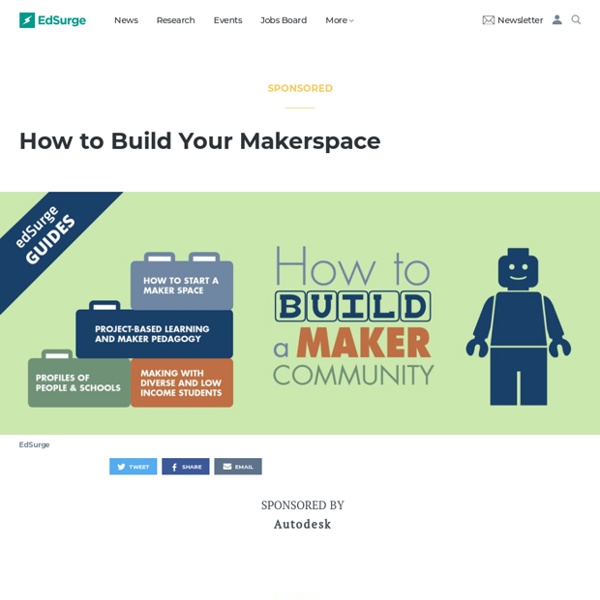Expect the Miraculous
A few weeks ago, Gretchen Thomas, UGA instructional technology teacher, emailed me about a possible collaboration on the UGA campus. She wanted to bring her Maker Dawgs class to the UGA Tate Center Plaza to host a popup makerspace. The idea would be to have a variety of maker tools available for UGA students to try on the spot. She wondered if I had students who might join them.
10 Creative Geniuses Who Had to Fail to Succeed
Have you ever been told that you have to fail to succeed? That you should try to fail forward (whatever that means)? Or maybe the classic, “third time’s the charm?” After a long string of “almost-but-not-quites,” one too many “better-luck-next-times,” trying again can feel like the labor of Hercules. Luckily (or unluckily), you’re not alone! As isolating as these personal struggles might feel, everyone experiences failure, even the people who have made it to the top of their professions.
15 under 15: Rising stars in cybersecurity
Kids born after the year 2000 have never lived a day without the internet. Everything in their lives is captured in silicon chips and chronicled on Facebook. Algorithms track how quickly they complete their homework; their text message confessions and #selfies are whisked to the cloud.
Learn Deep Milwaukee
We get some pretty interesting people joining us at Collab Labs as our featured participants. Here’s who we’ve had so far: Collab Lab 10: Building Resilience REDgen – Brooke Talbot,Vice President/Director Schools; Barbara Moser, Board Member; Bill Henkle, Director Schools REDgen is an advocate for mental health and well being of all youth. REDgen was formed out of a duty of care.
Beginner’s Guide to Maker-ize An Elementary Classroom – HonorsGradU
When most penny-pinching, time-crunched, and exhausted teachers hear about lofty ideas like the MakerSpace movement in education, they are likely to dismiss it as another passing and impractical fad. However, the more we investigate, the more convinced we are that there are practical–and profoundly meaningful–ways for teachers to implement its ideals, even in an elementary school classroom. Benefits of Maker Spaces
Why Making and the Arts Need Each Other to Survive and Thrive in Schools
When the visual and performing arts, the musical and recording arts, and the theatrical and graphical arts are seen as mere luxuries or add-ons within the walls of a school, powerful forces are thereby prevented from transforming routine schooling into a renaissance of learning. But who has the time or the funding to allow that to happen? Instead, let’s ask ourselves: How can these constraints compel us to leverage our creativity? For instance, let's look at the constraint of time. Time is a powerful variable driving the operation of schools. Just consider the constructs of grade levels, attendance and seat time, school days and class periods, final exams and grade reports, and standardized testing.
STEAM Point Giveaway
This is it! There’s only 1 day left before the launch of my new book, STEAM Point, and I’m so glad you tuned in. Today, we’re giving away two great pieces. The first is an assessment excerpt from the new book. This is our teacher’s guided rubric and it aligns to the Common Core Writing Standards, 6+1 Writing Traits, as well as UbD and STEM practices.
Drawing (conversations) machine #2 – Nathier Fernández
««««««« Post under construction »»»»»»» – in collaboration with Daniel Castaño – Cardboard, tape and wood prototype There was an interest from the beginning to make our drawing machine as simple, efficient and budget-friendly as possible, with the paper roll running without much problem on our wood structure, while the main task was to figure how the machine would function properly with all its components, the looks were also very important for us.



